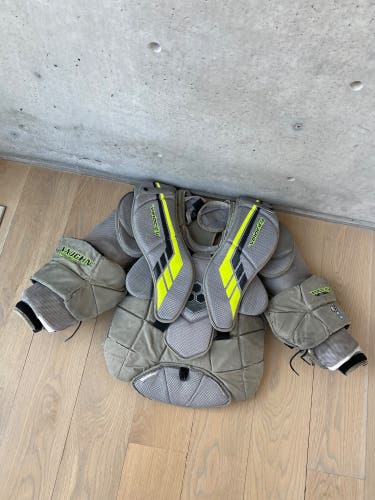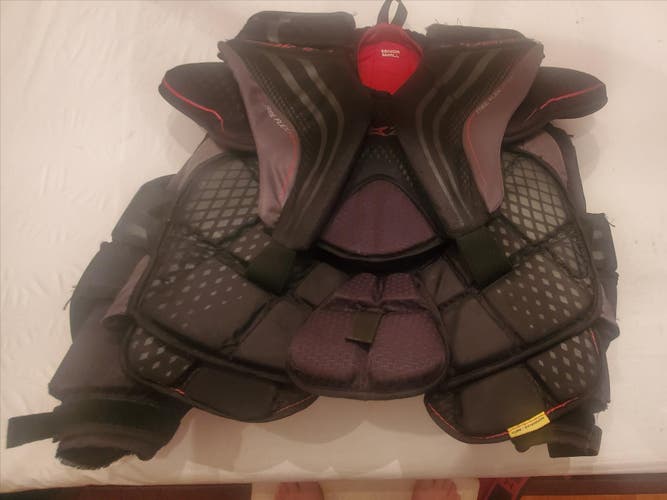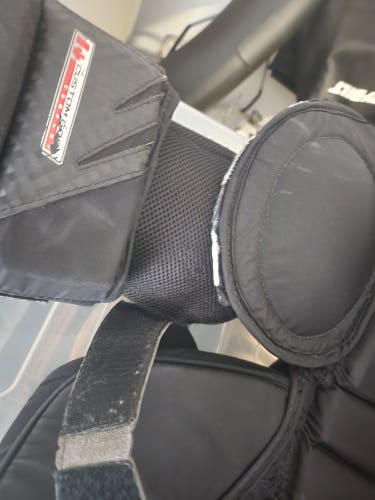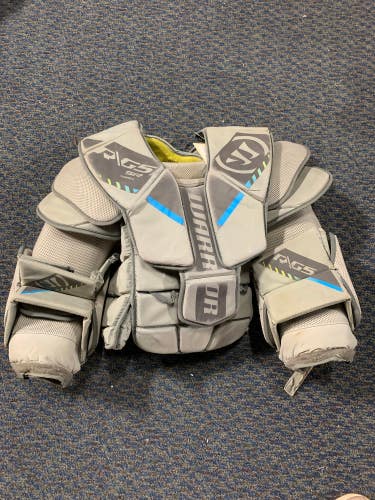Hockey Goalie Chest & Arm Protectors
Popular Hockey Goalie Chest & Arm Protectors
See more Popular Hockey Goalie Chest & Arm Protectors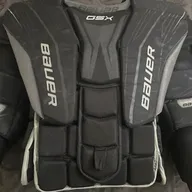
Bauer GSX
19 Available

Bauer Hyperlite
12 Available
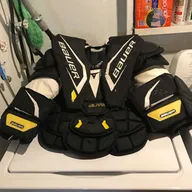
Bauer Elite
38 Available
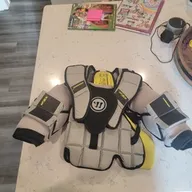
Warrior Ritual X3E
27 Available
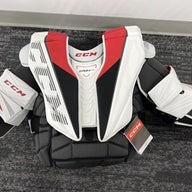
CCM Eflex 5.9
24 Available
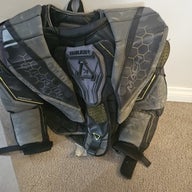
Bauer Mach
13 Available
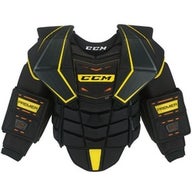
CCM Premier Pro
10 Available
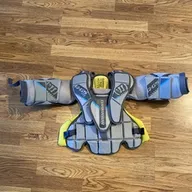
Warrior Ritual G5
21 Available
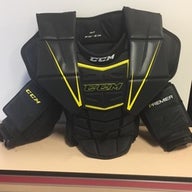
CCM Premier
29 Available

Warrior Ritual X3 Pro+
11 Available
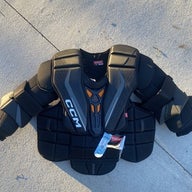
CCM EFLEX 6
11 Available
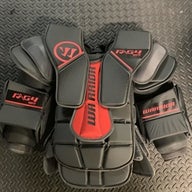
Warrior Ritual G4
22 Available
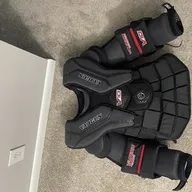
Vaughn V10
14 Available
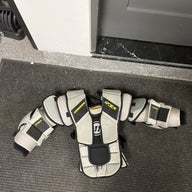
Warrior RX3E+
16 Available
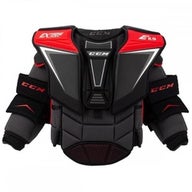
CCM Extreme Flex Shield E2.9
15 Available
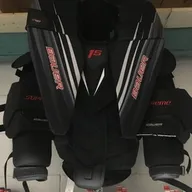
Bauer Supreme 1S
10 Available

CCM Axis 2
9 Available

Warrior Ritual
11 Available

Bauer pro series
7 Available
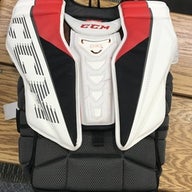
CCM Eflex 5 pro
6 Available
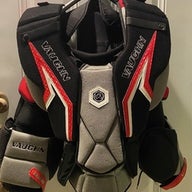
Vaughn SLR3 Pro Carbon
6 Available

Bauer Supreme UltraSonic
7 Available

Vaughn V10 Pro Carbon
7 Available

CCM Pro Spec
6 Available

Warrior Ritual G4 Pro
5 Available
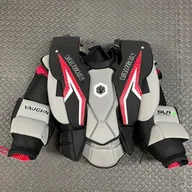
Vaughn SLR3
8 Available
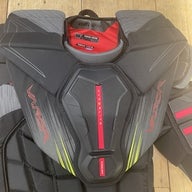
Bauer Vapor Hyperlite 2
6 Available
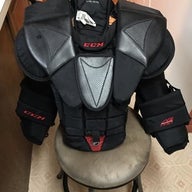
CCM AB Pro
5 Available

Vaughn Epic 8800
4 Available

CCM Extreme Flex Shield 2
3 Available

CCM Extreme Flex Shield Pro
3 Available
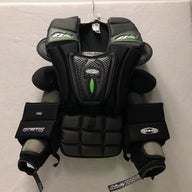
Brian's G-Netik Pro II
3 Available

Simmons 999
2 Available
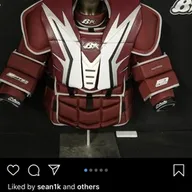
Brian's Optik 2
4 Available

Brian's Optik 3
3 Available
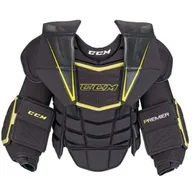
Reebok Premier (RBK)
6 Available

Bauer Reactor 9000
4 Available

CCM Street Hockey
4 Available

Bauer Supreme 2S Pro
3 Available

Bauer Vapor 2X Pro
4 Available

Vaughn Velocity VE8 Pro
7 Available
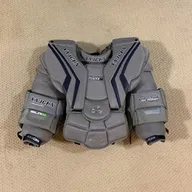
Vaughn Ventus SLR2
8 Available

CCM Axis pro
2 Available

CCM Eflex 6.9
6 Available

CCM Extreme Flex 5 Pro
2 Available

Simmons 992
2 Available
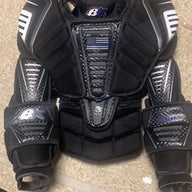
Brian's Optik
3 Available
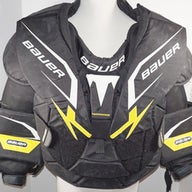
Bauer Performance
18 Available
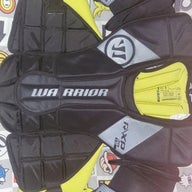
Warrior Ritual XP
6 Available
396 Results
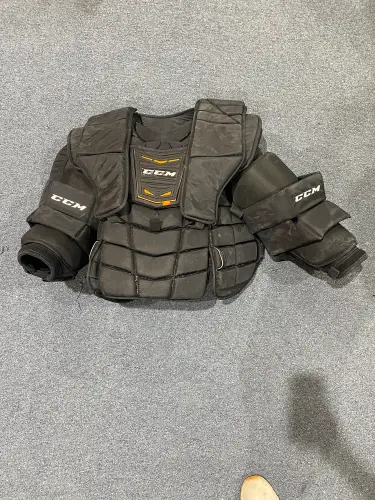
PondofDreams

PondofDreams
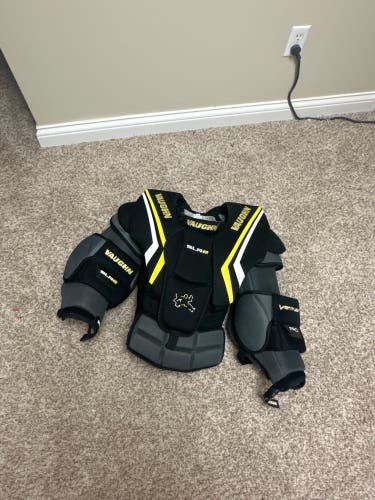
CarterCaccamo69

LongBallKing74

QuickChange

TendySwap
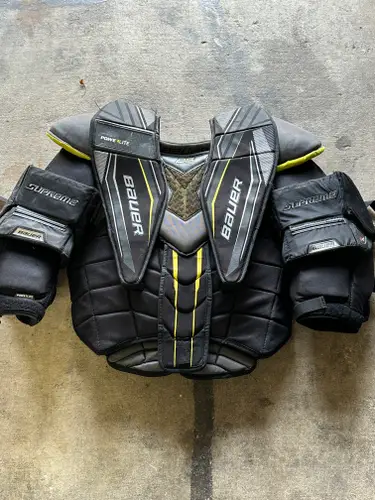
chrisxdudo
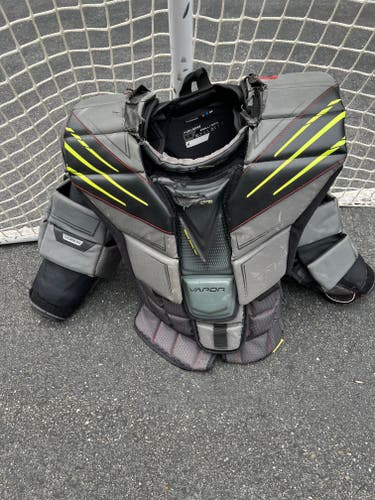
Danigiulietti

Spencerg789

fuller50

NSrebrenik77
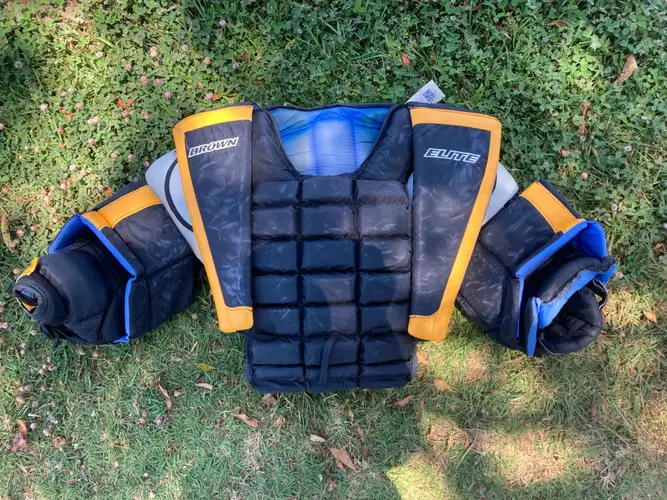
GreatLakeSports

TendySwap

JSeeth
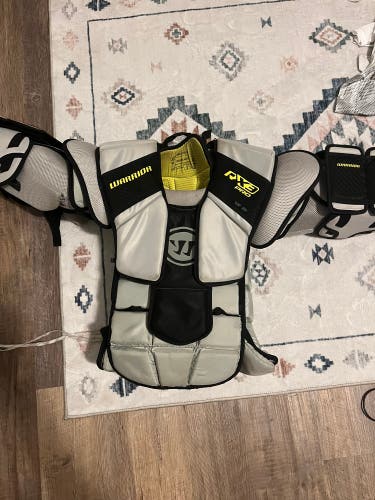
Easton1834
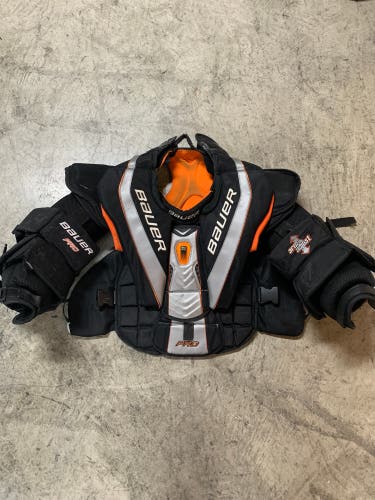
johnnymass1
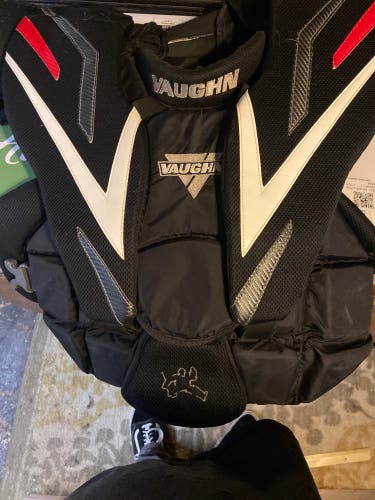
BHTH72

jaymazzz19

PIAS_MADISON

GreatLakeSports
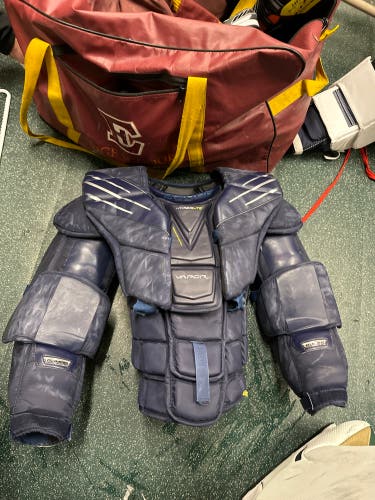
Scheiwiller13

nhl_redwings

catdamon43

AMidd
Related Searches
Category
Age Group
Size
Brand
Bauer Hockey Goalie Chest & Arm ProtectorsCCM Goalie Chest ProtectorsVaughn Goalie Chest ProtectorsWarrior Hockey Goalie Chest & Arm ProtectorsBrian's Hockey Goalie Chest & Arm ProtectorsReebok Hockey Goalie Chest & Arm ProtectorsSimmons Hockey Goalie Chest & Arm ProtectorsMckenney Hockey Goalie Chest & Arm ProtectorsTPS Hockey Goalie Chest & Arm ProtectorsItech Hockey Goalie Chest & Arm ProtectorsSher-Wood Hockey Goalie Chest & Arm ProtectorsHeaton Hockey Goalie Chest & Arm Protectors

